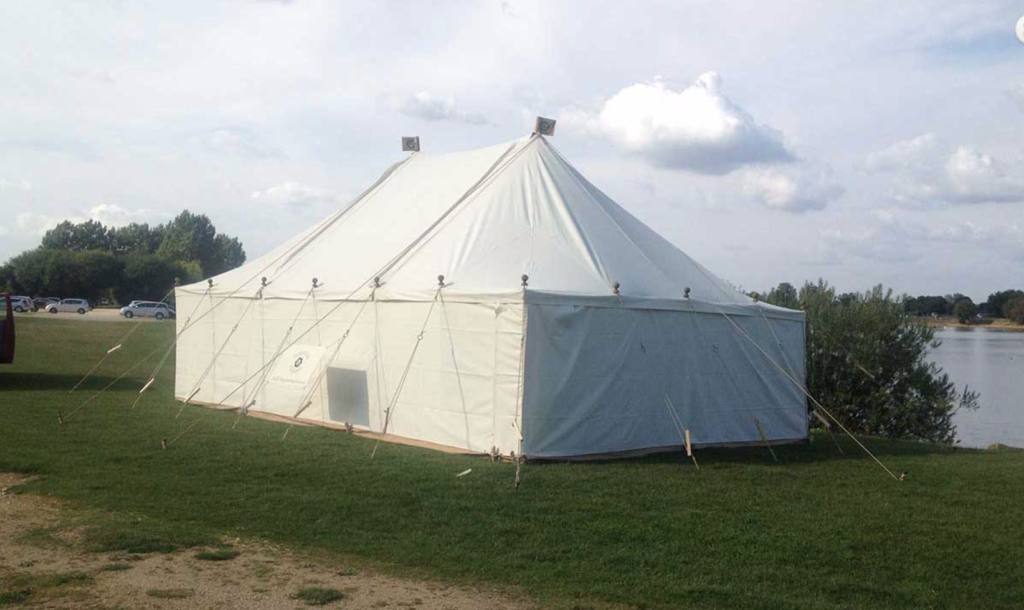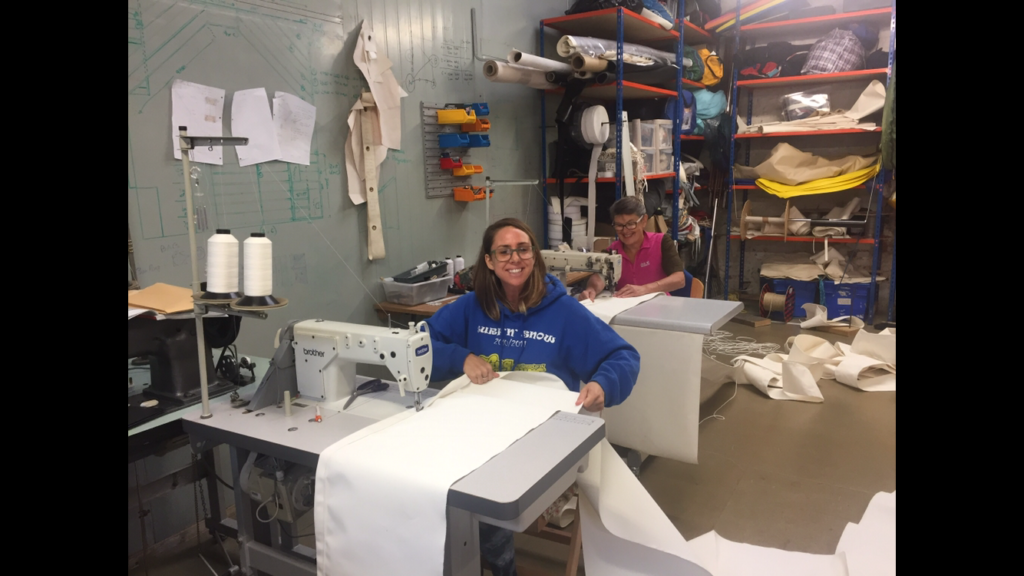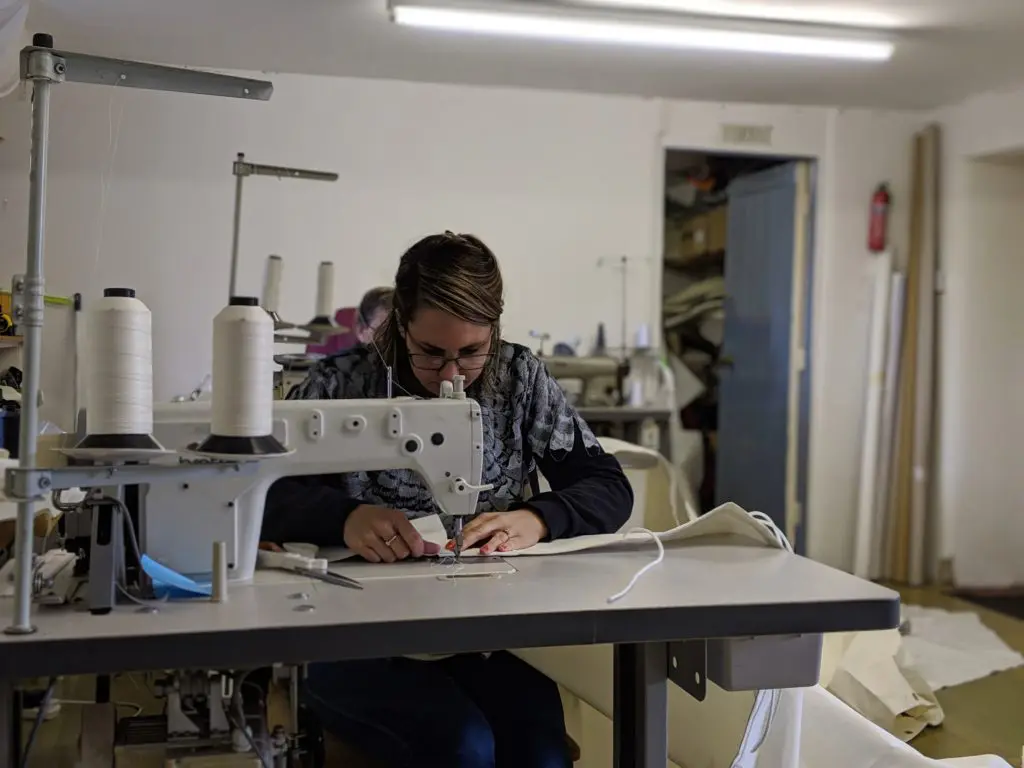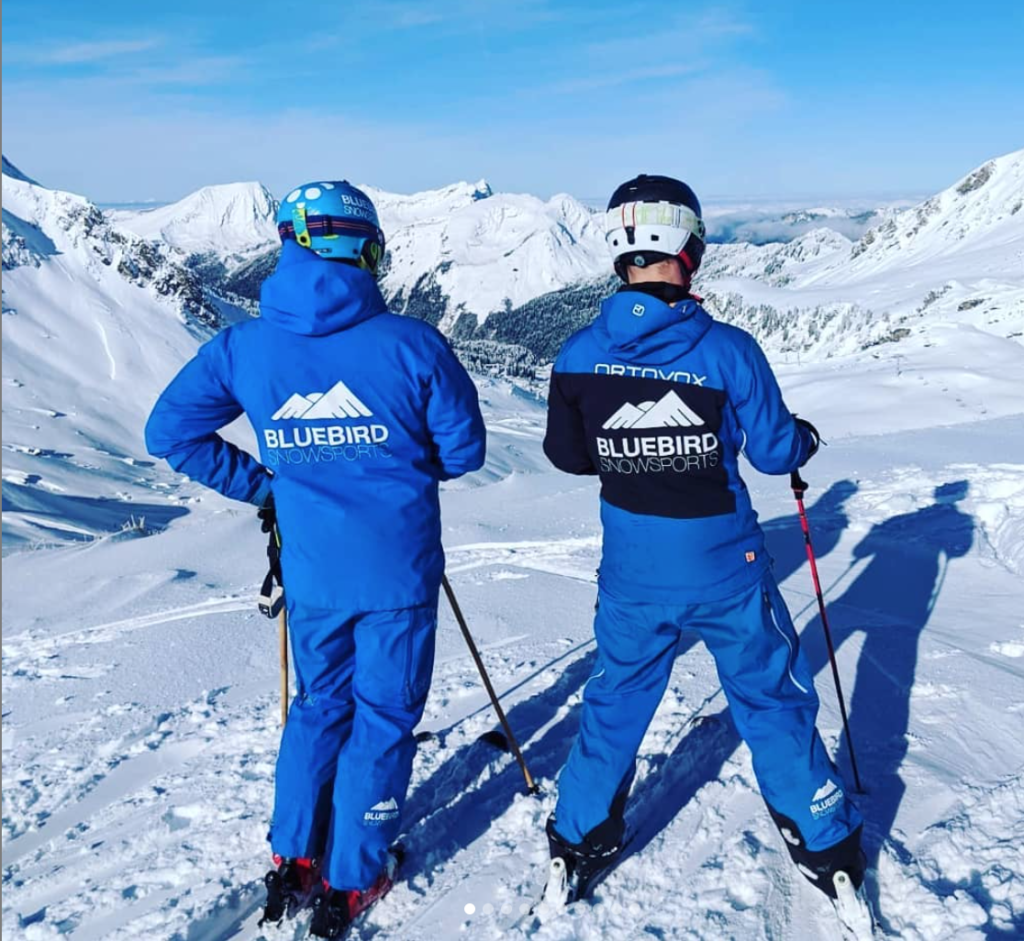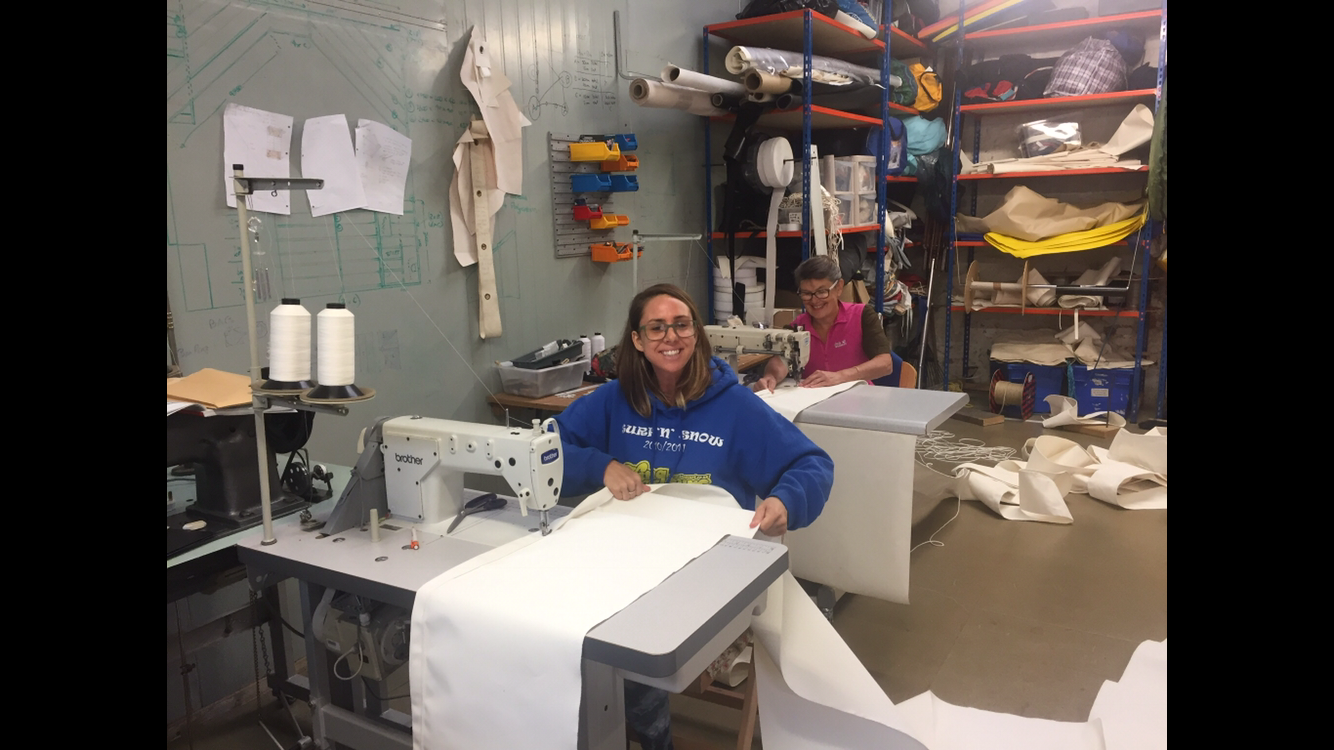
Get Inspired | with Lloyd & Hannah
Honeycomb Marquees provide handmade traditional marquees for all sorts of events in the UK. With humble beginnings, starting off in the living room, followed by lots of hard work they have grown and flourished. They now have their own small business and retain all the qualities they started out with. I sit down with Lloyd and Hannah for all the details. Continue reading to get inspired and put your ideas to actions!
How I met Lloyd:
We met at an indoor ski slope. After chatting a while we discovered were on the the same 2 week ski instructing course which was to take place in Zermatt , where we subsequently met again and soon began skiing and hanging out. During the course in Zermatt I mentioned that I was going to Champery to do a season as a ski instructor and it was pretty much decided there and then that we would try to head there together. That was in 2006 and we have been friends ever since. Eventually after a few ski seasons we both took our own paths and always remaining in touch. I took the art route and Lloyd the skiing.
Starting up:
Lloyd, can you tell us how the idea of making traditional marquees came about?
- The early days:
It all stems from trying to search for an industry to work in that is seasonal so that I could maintain my Winter ski teaching profession. During the early years of ski teaching (2005-2009) I would grab any job I could that would take me just for the summers. I worked as a steel fabricator, concrete flooring fitter, general labourer, Lifeguard, triathlon Event manager.
- Studying:
In 2009 I attended Manchester Metropolitan University to study a BSC Hons in Outdoor studies, this would provide me with the outdoor knowledge and qualifications that would allow me to pursue a career in the outdoors as a freelancer thoughout the UK. During my studies I could still juggle 10 weeks of teaching in the swiss alpes, 20 hours a week of outdoor instructing.
- Events experience:
As time went on I realised how much the event world excited me and within no time the triathlon world started to swallow up the majority of my summer work. The more events I became apart of the more I realised how much infrastructure was required at these events. With this I decided to work for companies offering infrastructure such as decor companies, festival flag companies, event power and water supply companies and ofcourse randomn work with many different marquee companies all offering different types of event cover (clear span, Stretch tent, Traditional, tipi).
- The tipping point:
One summer my mum was given redundancy, could not recover from from an accident she had and so she was in huge need of work. Previously a seamstress for a sail making company in Portsmouth, so her sewing skills & experience were brilliant. It was then, in 2012 that I sat with my fiance Hannah and began to design a traditional Marquee that would be as versatile as a modern day Marquee but still have the charm and quality of an older style traditional canvas pole Marquee you would have found centuries ago.
Chatting with Lloyd & Hannah:
Why traditional marquees in particular?
The traditional pole tent is one of the oldest designs of Marquee in the industry. It is a dying breed of Marquee in modern day event organising but still has a popular demand amongst private events and weddings. There are also a number of companies that want natural, Green, environmentally friendly products at their events so our tents sit quite nicely on their event space.
How did things develop from a scaled down marquees to the finished product with bookings?
- Model & Design
After completing the tent designs, we sat in our rented barn apartment and cleared out all of our furniture. There we sat and made all of our tents out of paper, to a scale of 1cm = 10cm.
Once we were happy with the pitch of the tents, how they sat next to each other etc. we constructed all of our models out of a thin, lightweight fabric and put these through the sewing machine.
- Get making
After making these fabric, scaled down models we had our base measurements in place and as bookings came in we slowly began testing and manufacturing. We learned a lot as we went, but with my mums sail making experience our seems and patches for stress points around the tent were ‘bomber’. Once our designs where finalised and we had made our models for the complete fleet we started manufacture on the smallest tent. The 6x6m
- The risk
Next we started marketing to the event companies we already knew and they started to show interest by booking our tents. With that injection we were able to buy all the canvas we needed. We rented the correct work space and got to work. We didn’t need to borrow anything and had very little money to start everything off. Doing it this way was the only way we could think of, but also quite a big risk.
What year did you make your first full size marquee?
2014 Was our first. As more booking came in we slowly completed our fleet. By 2016 we had completed our full fleet which was 12 different sized marquee and since then we have been simply refining our product and multiplying our stock levels. Today we have a workshop with 68 marquees in it with over 200 events booked every summer.
How many of you were working during the first year?
Myself, Hannah and Sarah (my mum)
A favourite memorable moment during the early days?
This would have to be when we put our first marquee up and it sat perfectly. We then took it to my dads wedding and were genuinely excited and relieved when so many people had great things to say about it.
Weddings are a bit hit with your marquees and I can imagine your summer weekends are non stop. What does your average week look like in the summer?
Yes, we have a lot of couples wanting our type of marquee at their wedding. We actually try our best to put a cap on weddings of a maximum 40% of our bookings. Wedding bookings consume a lot of our time before delivery and can swallow up the majority of our admin. This is because we want to make sure we can help with every request and be on top of communication with them. It is one the most important days of their lives after all. The remaining balance of events we have in a typical summer are: birthday parties, sporting events, festivals & corporate events.
Your traditional marquees are quite large. How did you go about the process of learning to make and assemble them?
Within the first 10 years of my event experience I saw and worked at many companies that used countless different types of tents. As time progressed, my knowledge for ‘the marquee’ grew broader and broader. Once in manufacture we put the marquee through vigorous testing, and you soon start to see what parts on the tent are the main stress points and the importance of ensuring they are well anchored to the ground, Every component from the ground anchor up to the top of the marquee must be load rated and secured properly.
Most important lesson that you have learned through your journey?
One of the biggest lessons we have learned is to give a lot more time for manufacture than you think. If a tent will take 3 weeks to manufacture, give 6 weeks. Make sure you maintain your sewing machines regularly and have professionals to do so.
It could be perceived as quite a challenge to work full time together, as a couple. Do you each have your own particular roles and do you see anything changing for the near future?
We have 2 destinct operations, Rental & Manufacture/Sale: Hannah generally deals with the rental bookings and makes sure that our calendar is looking smooth for deliveries and collections. In the manufacture of our traditional marquees, hannah is the catalyst connecting my vision to my mum in the sewing machine seat. Things can get heated but we all work incredibly well together and when the going gets tough there is no stronger force.
Do you have a set ‘day off’ allocated each week and how do you like to switch off?
Bluebird Snowsports:
Once their busy schedule of putting up and taking down traditional marquees is done, they head off to Champery. Here in Champery Lloyd offers ski teaching services and they match their ski instructors carefully to each particular client. They guarantee you a brilliant time as well as getting the best ski instructing available. You can get in touch with him via his webpage ‘Bluebird Snowsports’




